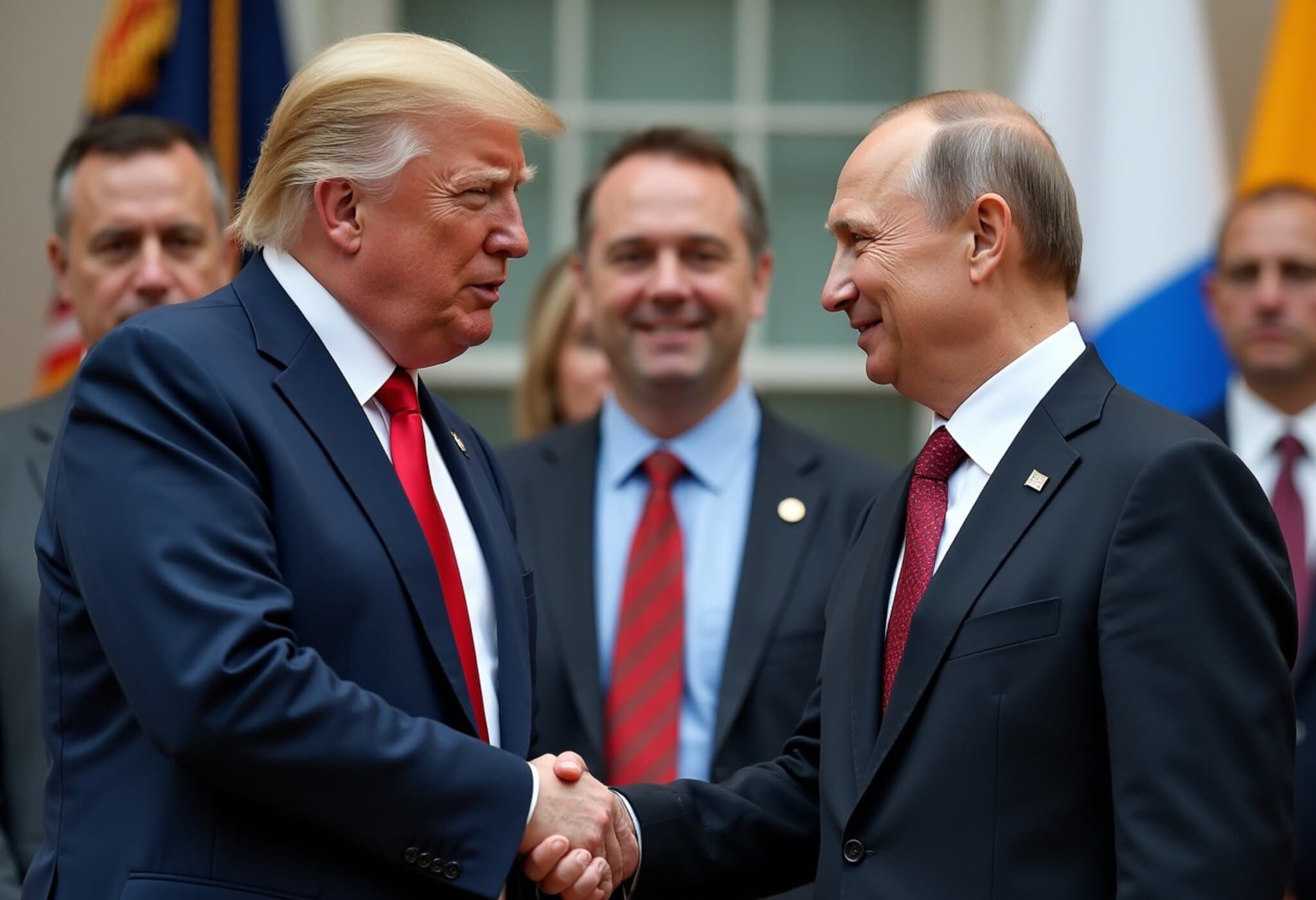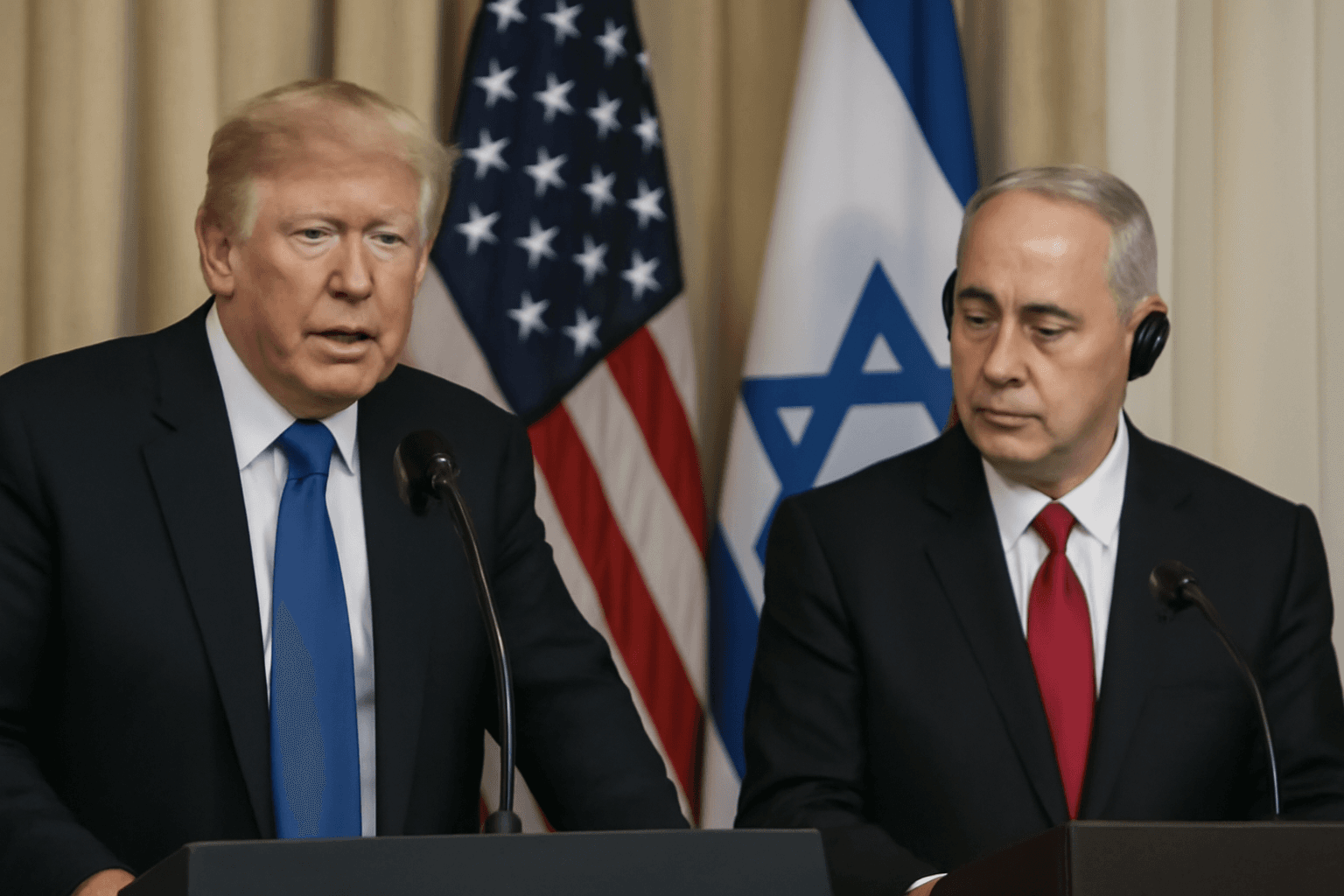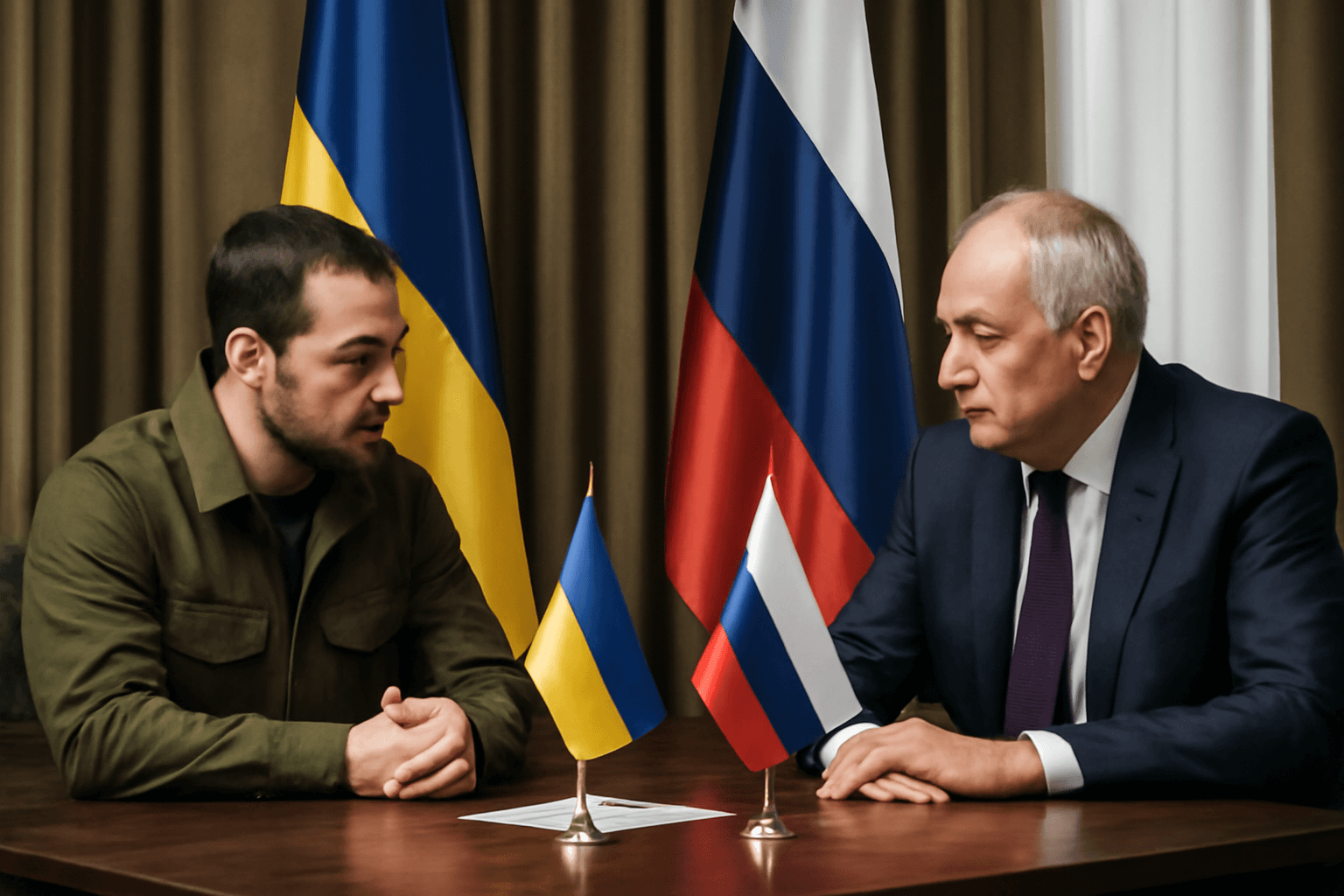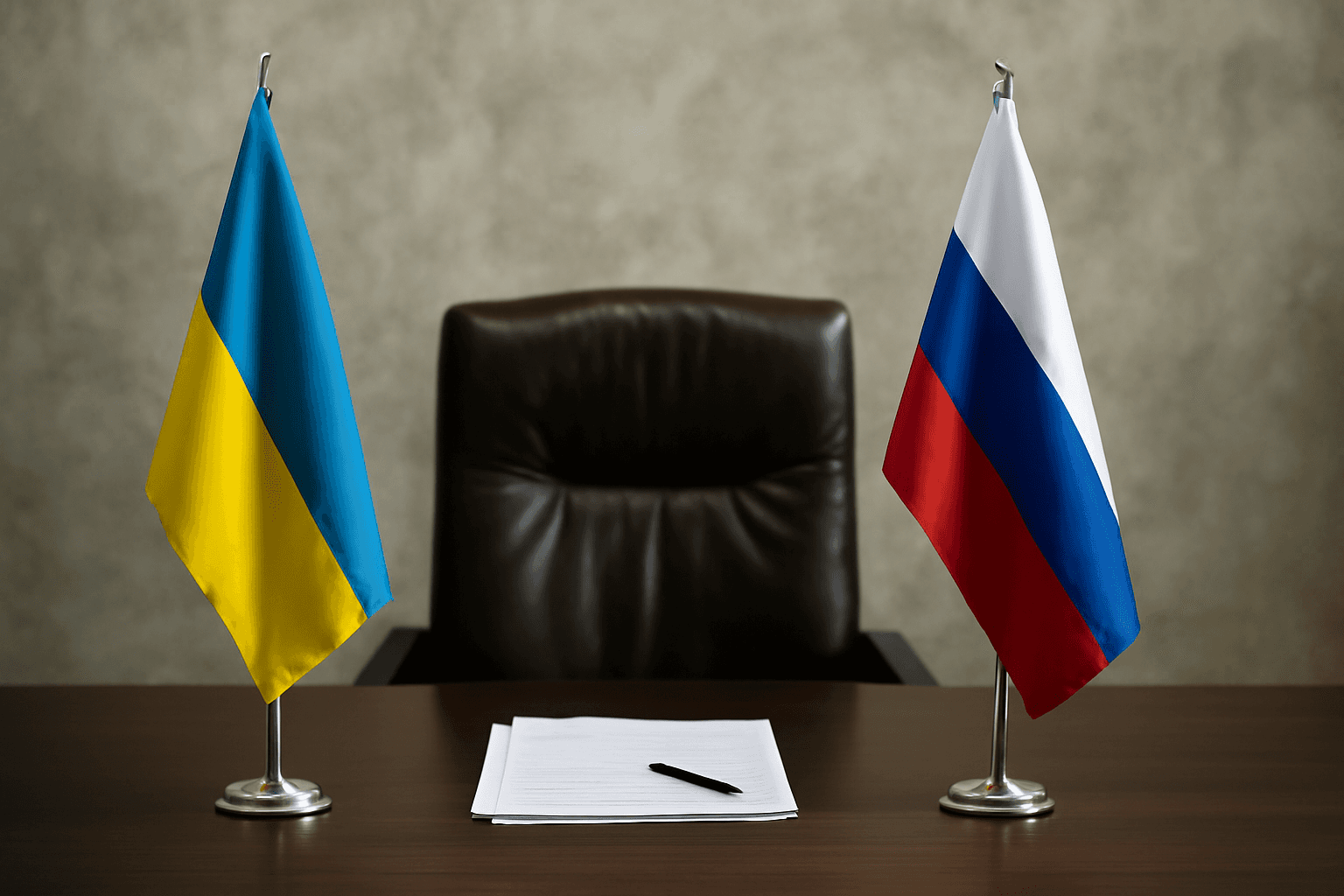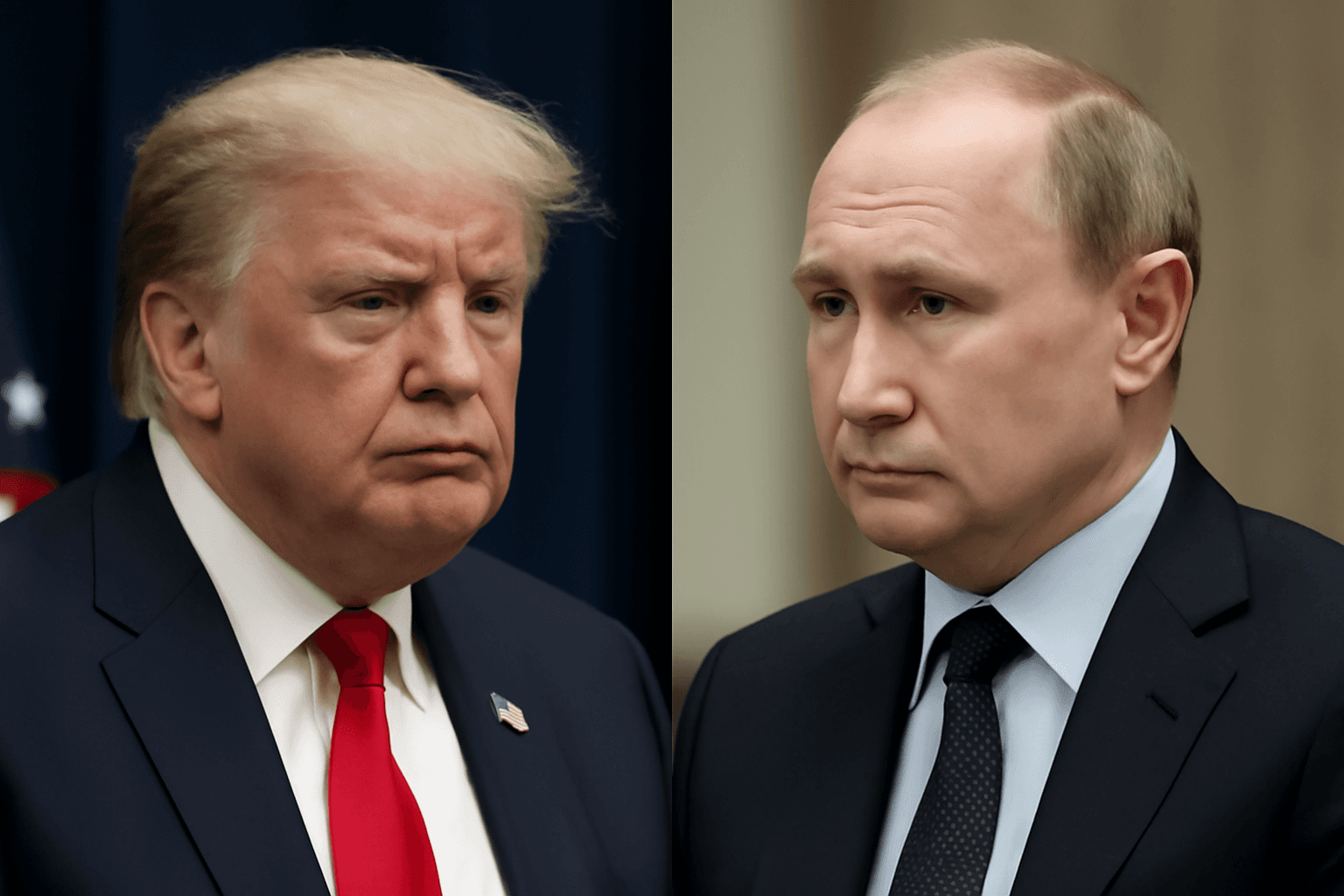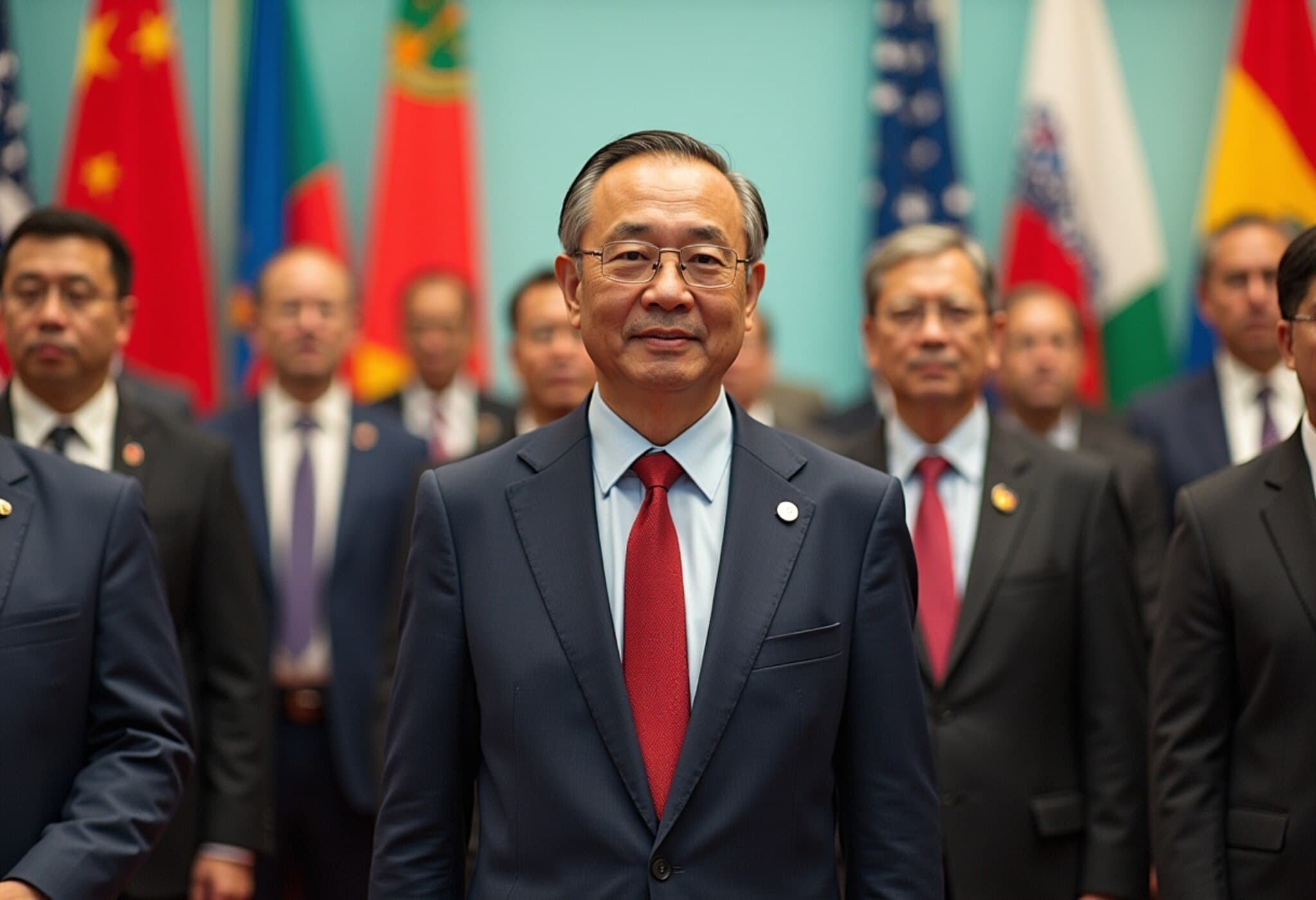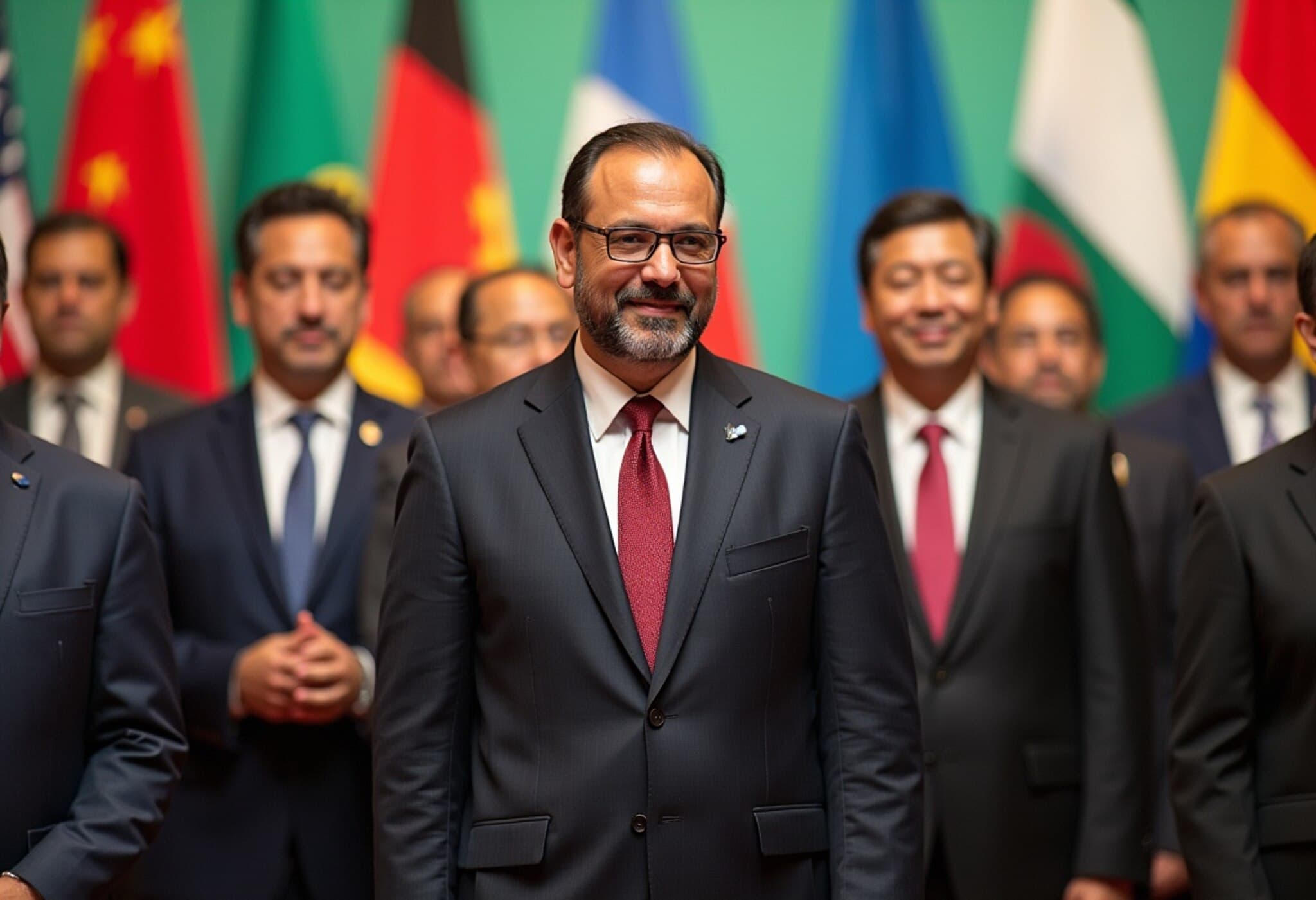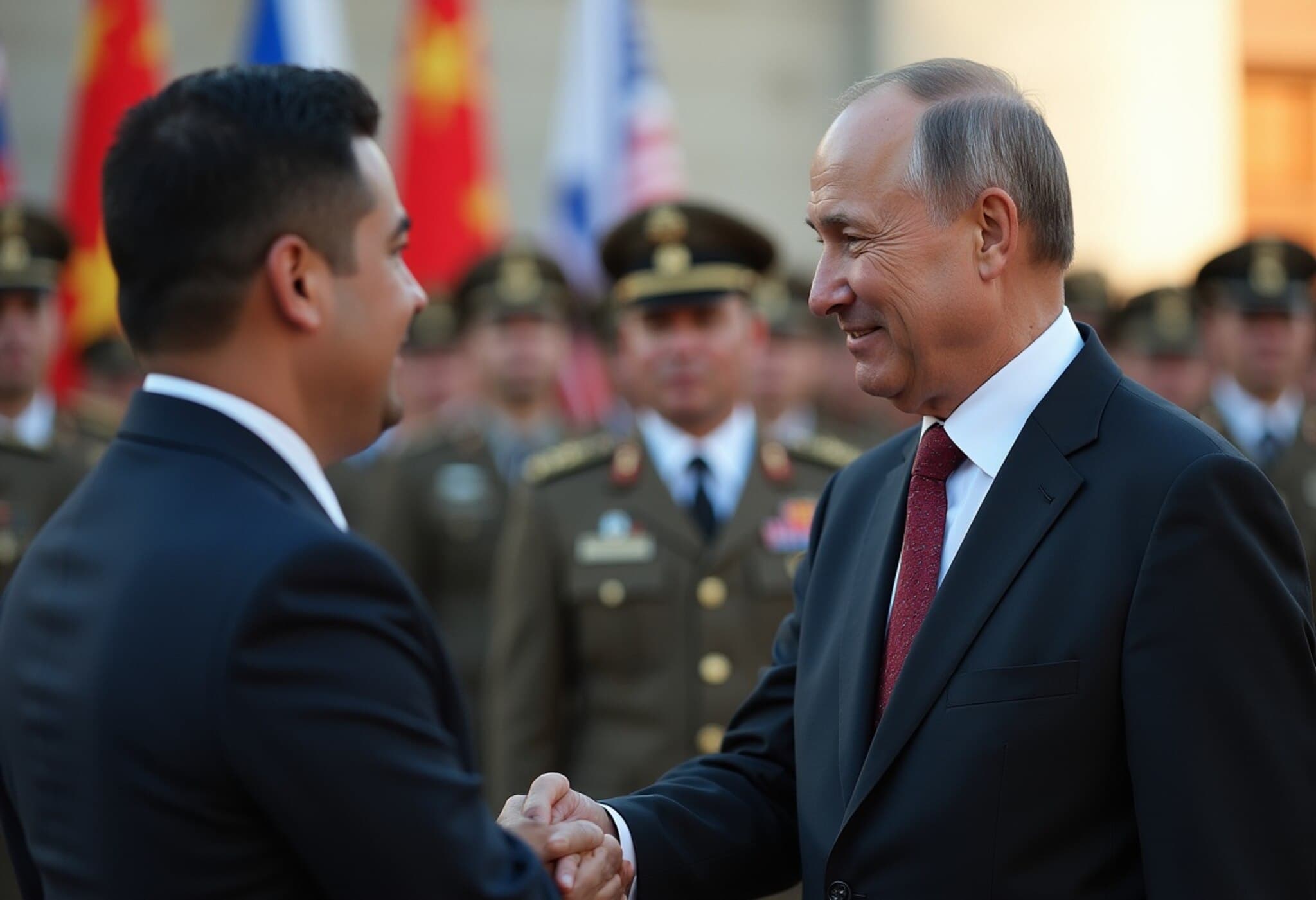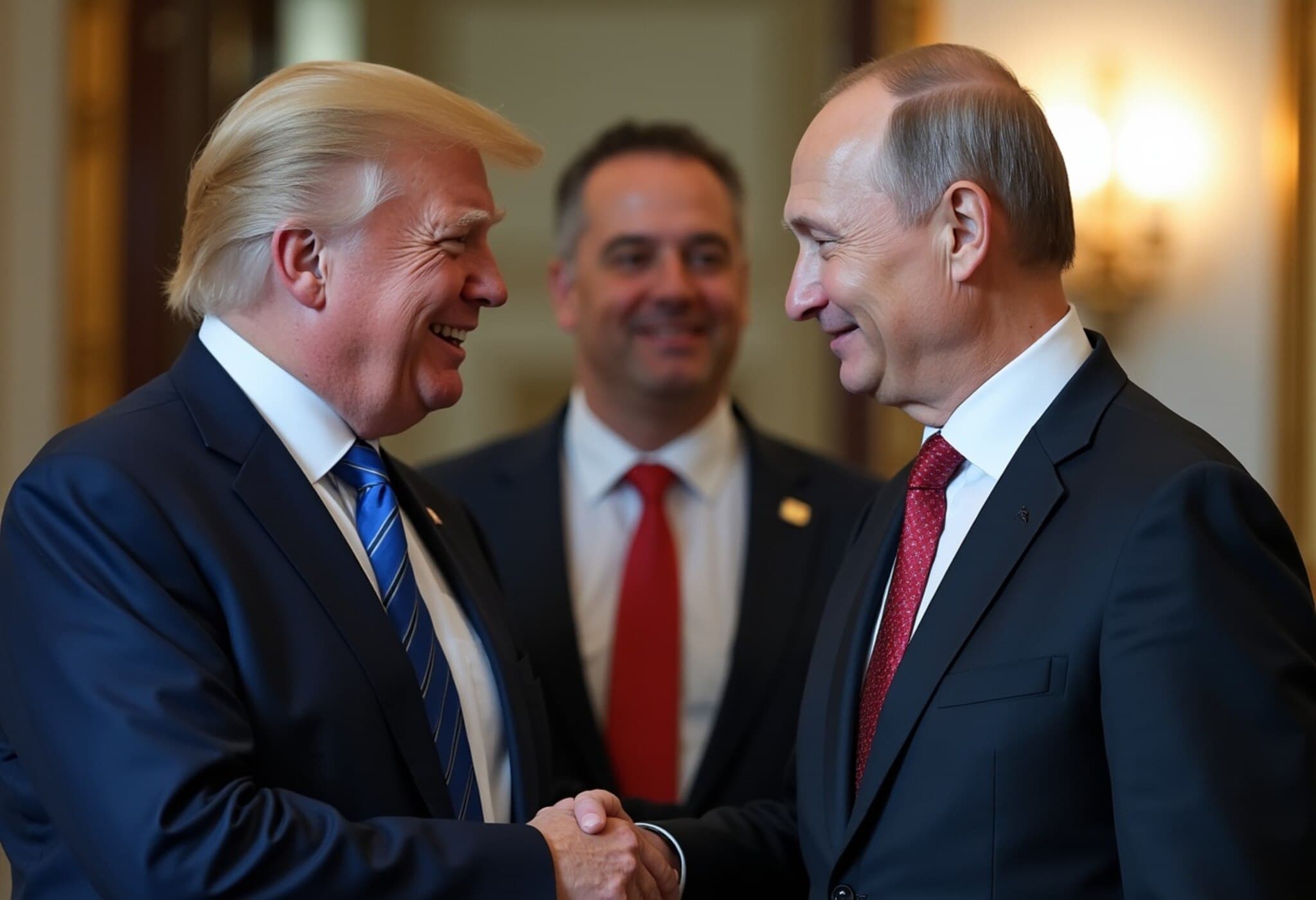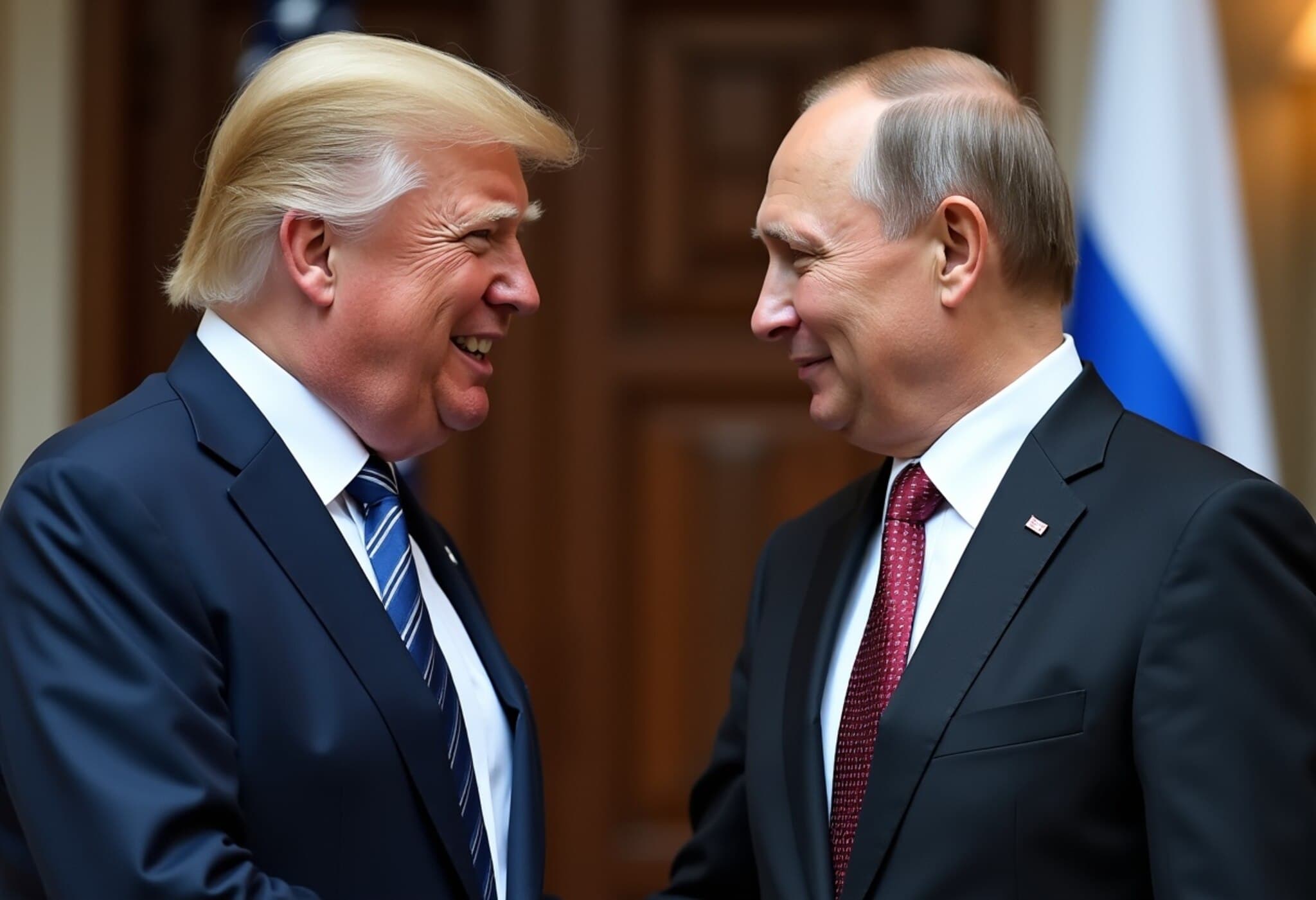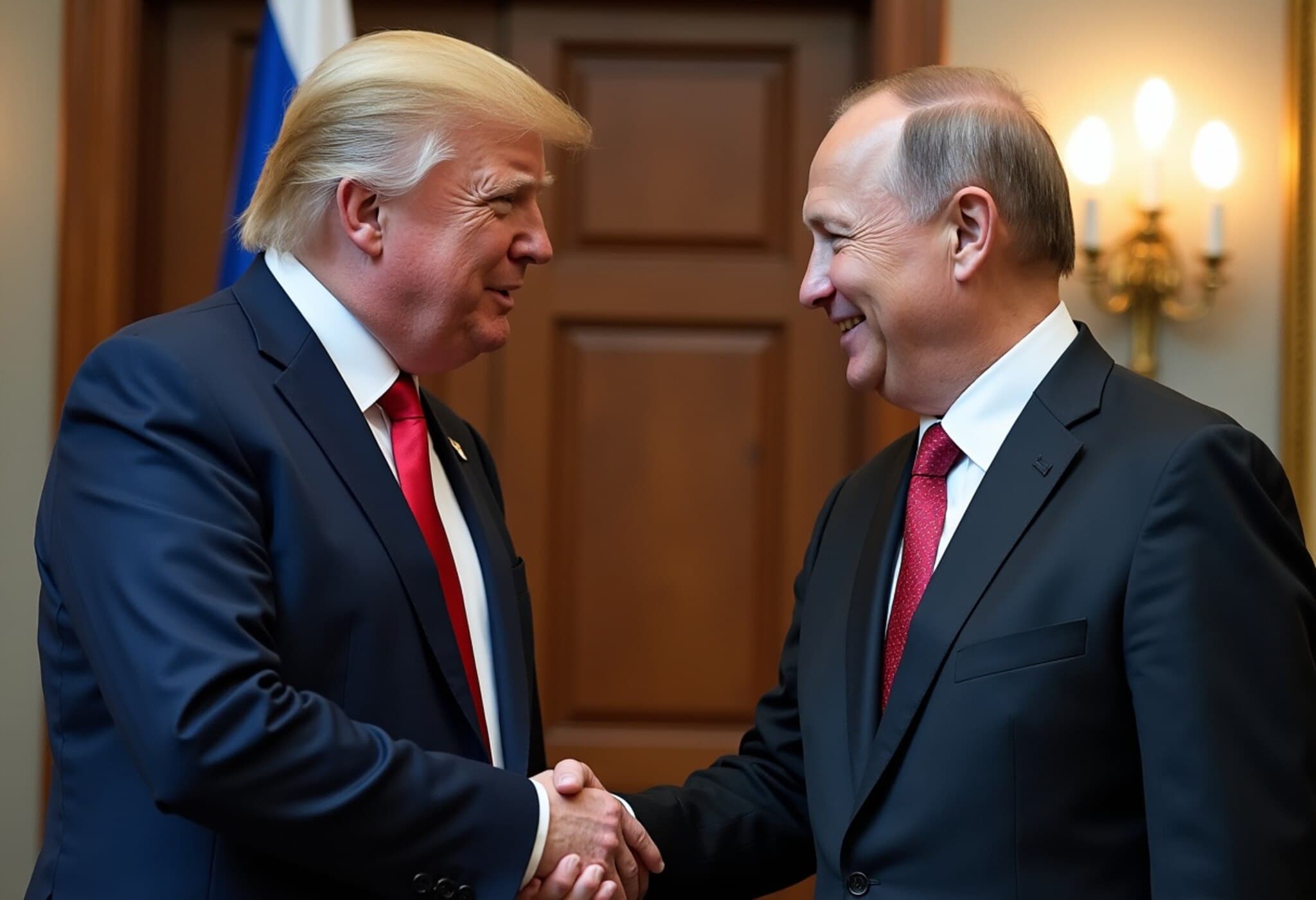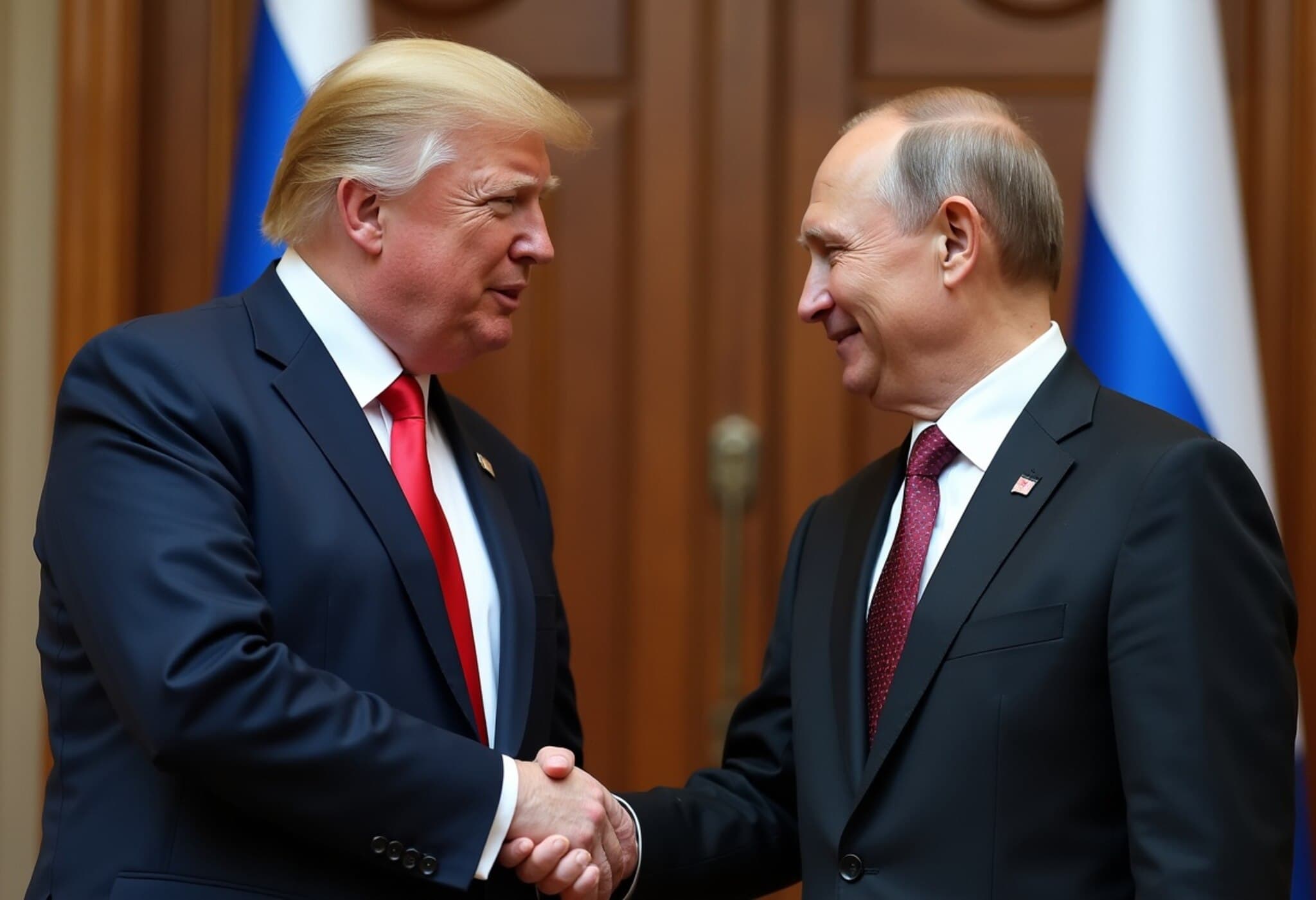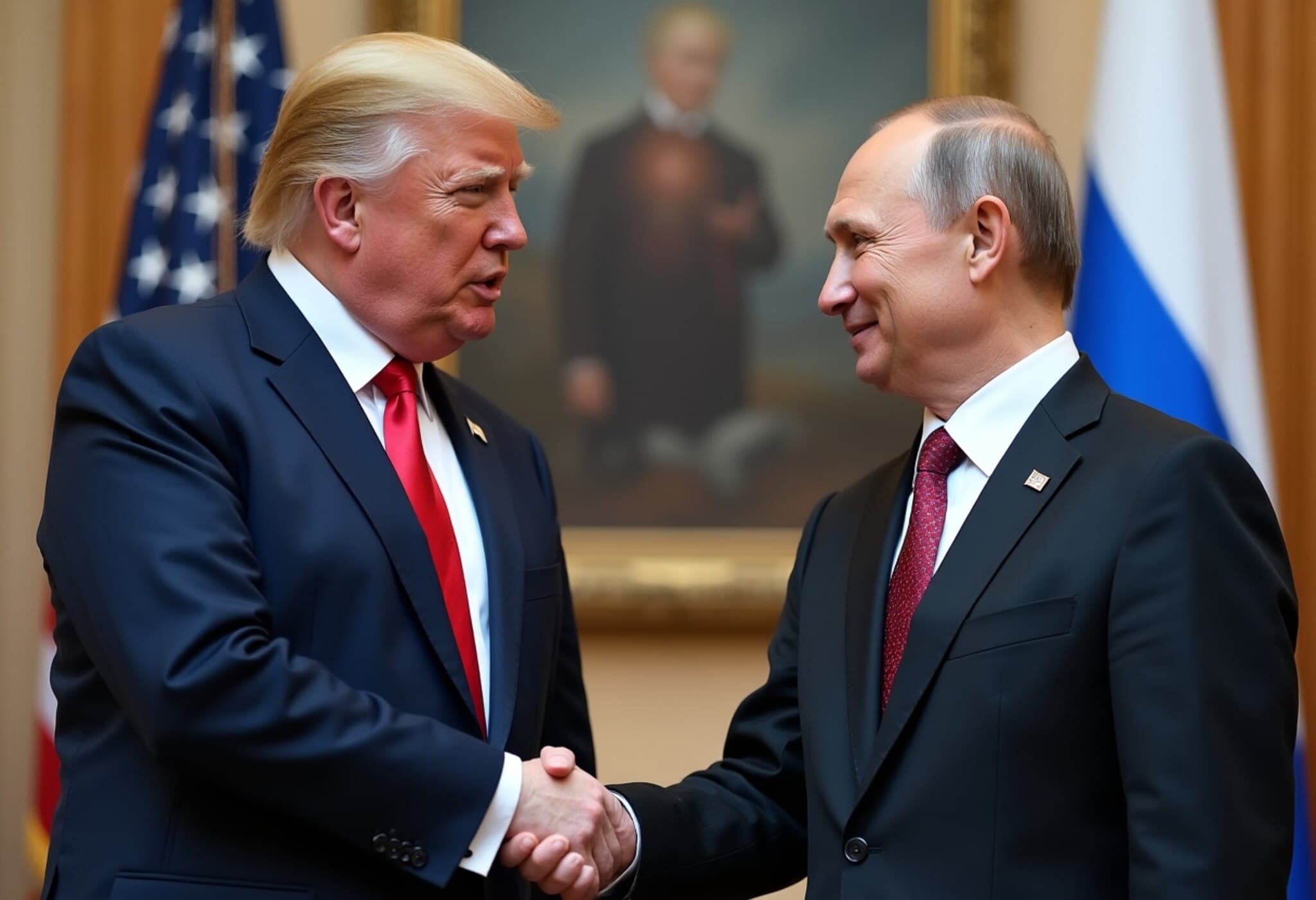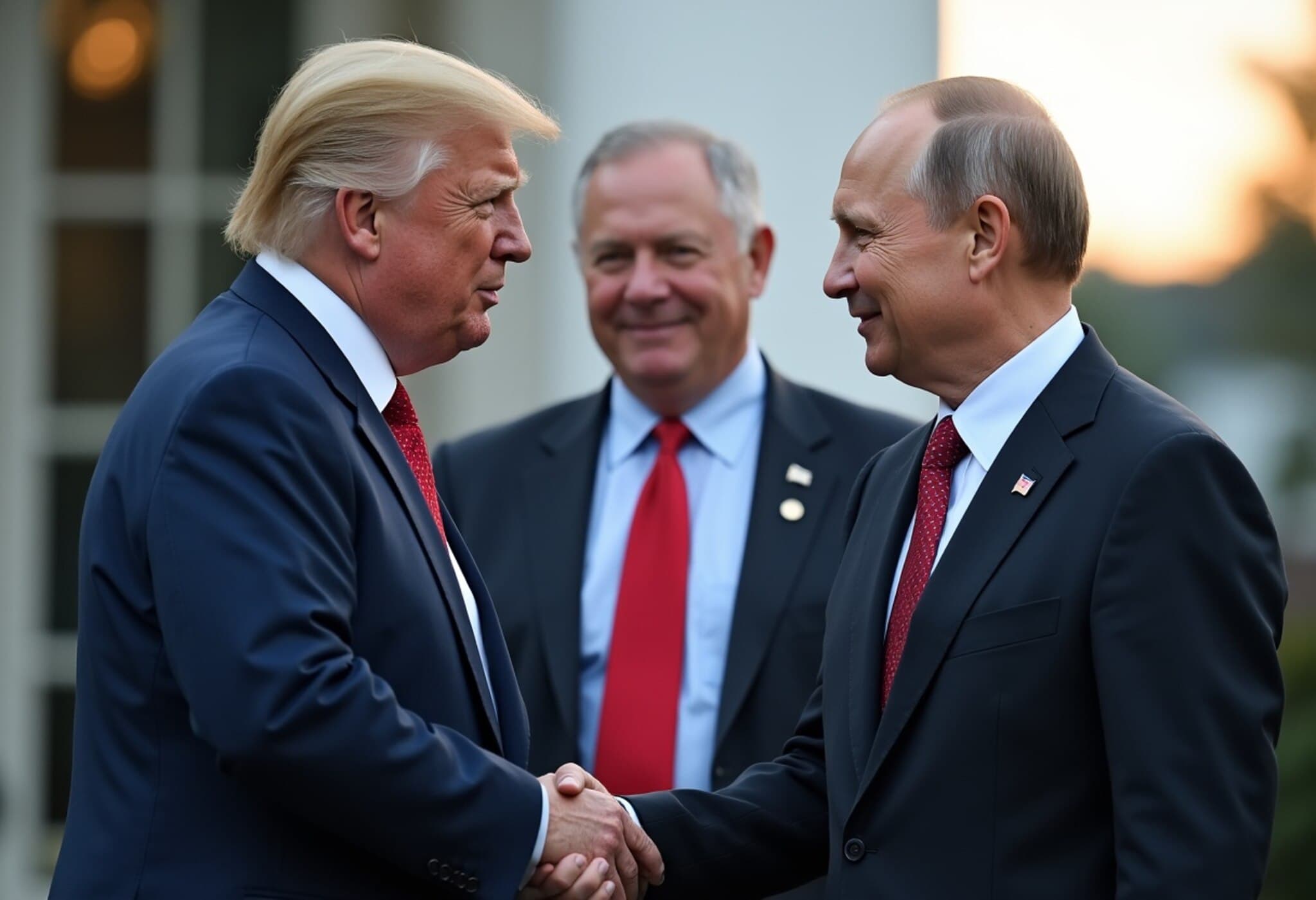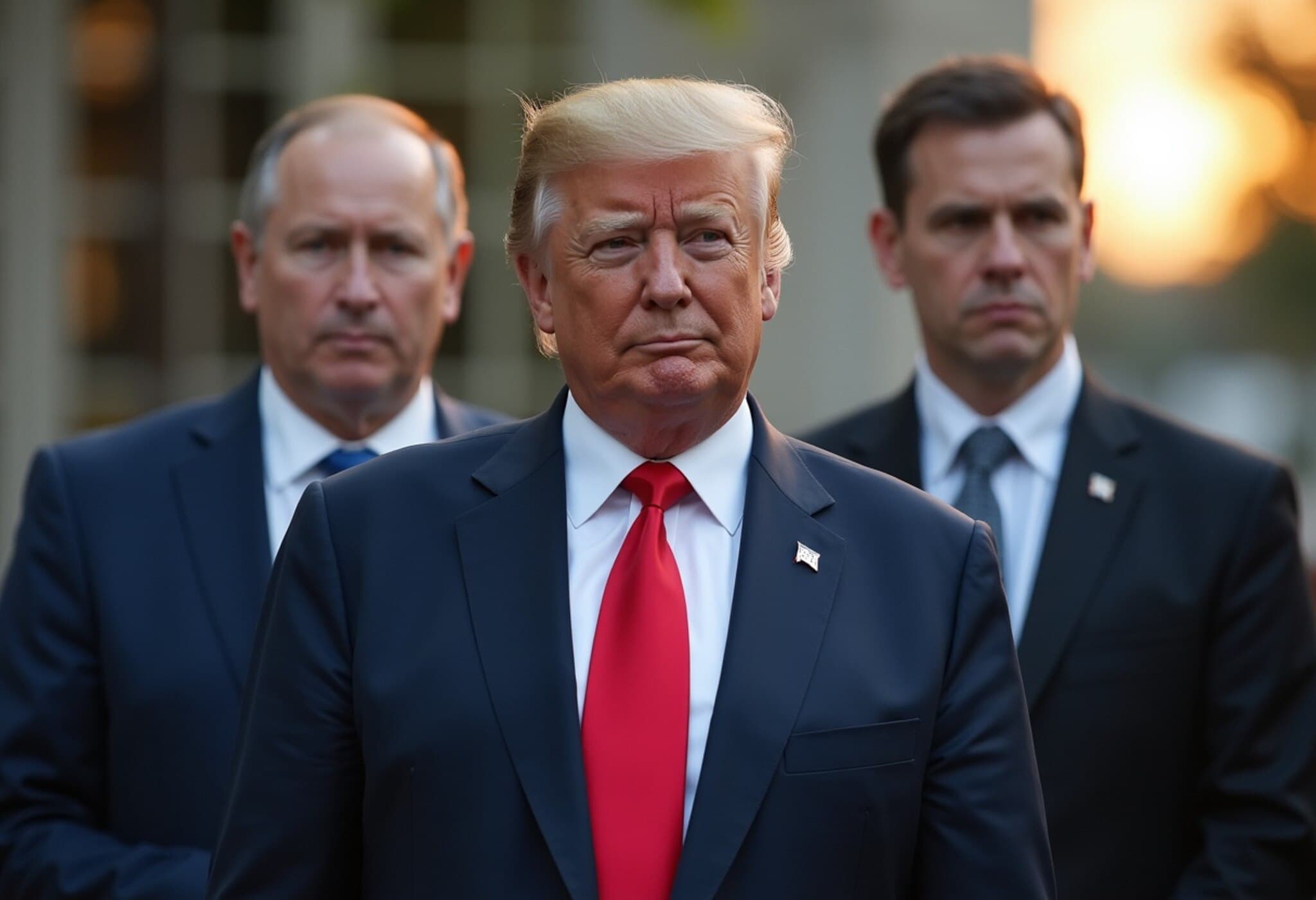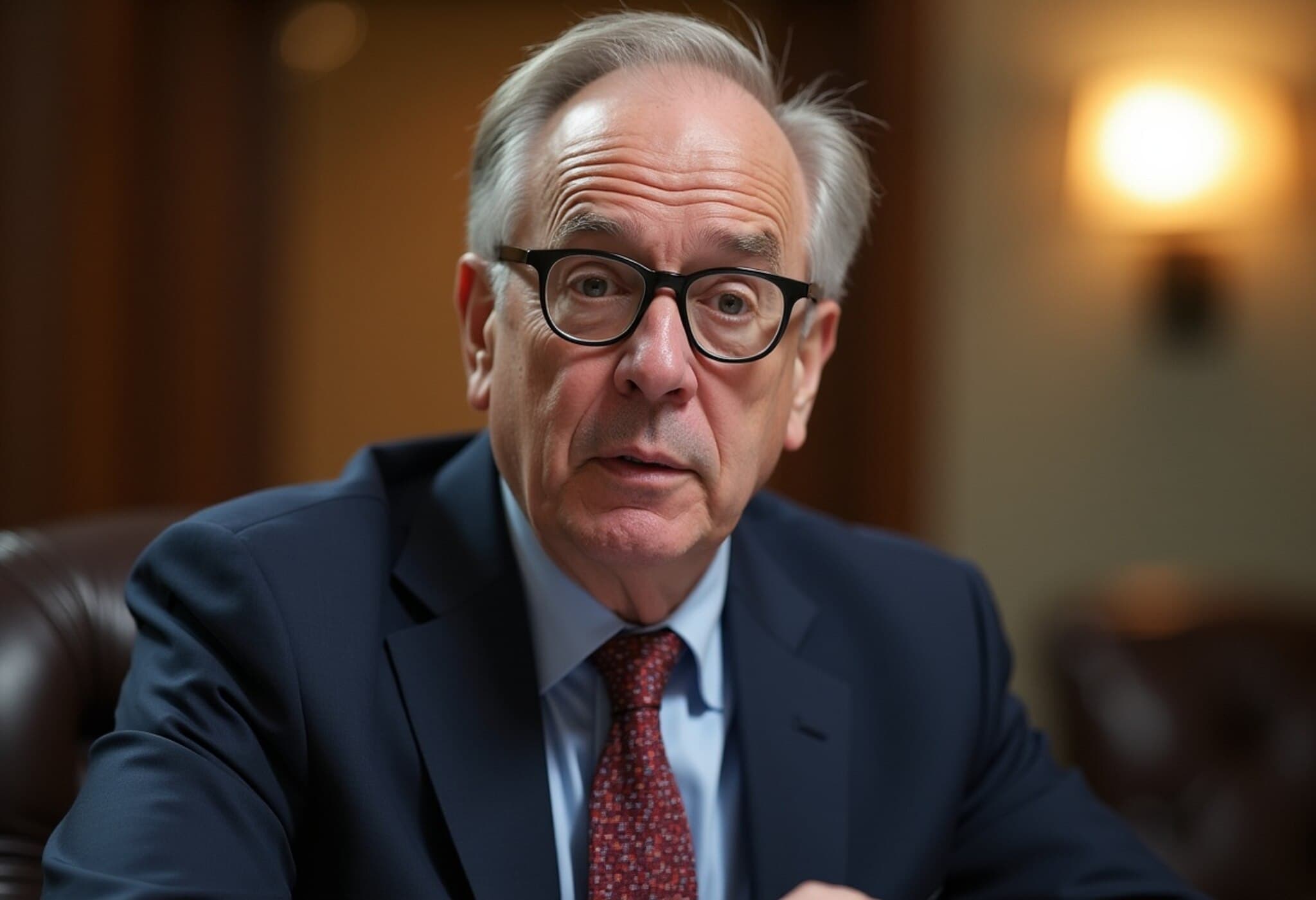Trump and Putin Meet in Alaska Amid Ukraine War Standoff
In a high-stakes diplomatic encounter set against the backdrop of the prolonged and devastating Ukraine conflict, US President Donald Trump and Russian President Vladimir Putin convened in Alaska on August 15, 2025, aiming — at least in appearance — to explore pathways toward ending the war. What makes this summit especially remarkable — and contentious — is that the Ukrainian leadership, whose fate hangs in the balance, was notably absent from these discussions.
The Summit’s Agenda: Peace or Political Posturing?
President Trump openly stated that his goal was not to negotiate peace on behalf of Ukraine but rather to bring Putin to the diplomatic table. In his own words, “I’m not here to negotiate for Ukraine.” This stance puts a spotlight on the realpolitik of the situation: powerful nations discussing Ukraine’s future without its direct input, raising concerns about sovereignty and legitimacy.
Despite this, Trump expressed cautious optimism, estimating a 75% chance the meeting could yield progress. He floated the idea of a subsequent trilateral meeting that would include Ukrainian President Volodymyr Zelenskyy — though whether Russia would agree to such an expansion remains uncertain.
The scheduled agenda included discussions on security guarantees, sanctions relief, and even controversial ideas like territorial swaps, which remain deeply unpopular in Kyiv and among many Western allies.
Excluding Ukraine: A Diplomatic Dilemma
The absence of Ukraine's direct participation complicates the legitimacy of any agreements. The Kremlin confirmed Ukraine would not be at the table, though the war’s trajectory was the summit’s primary focus. Zelenskyy has previously shown openness to ceasefire discussions but balked at Russia’s demands, such as withdrawing Ukrainian troops from territories Russia annexed illegally and stopping Western military support.
Trade and Economic Tensions: India Caught in the Crossfire
The summit also touched upon expanding US-Russia economic ties. Kremlin aides highlighted the untapped potential in bilateral trade, though details remained vague. On the flip side, US Treasury Secretary Scott Bessent warned that if the dialogue stalls, countries like India could face increased secondary tariffs for purchasing Russian oil. Currently, India is under a 50% tariff due to US sanctions pressure, signaling how interconnected the geopolitical chessboard has become.
Geopolitical Stakes: Beyond the War
- Security Guarantees: Russia demands the cessation of Ukraine’s NATO aspirations, aiming to freeze Western military support.
- Sanctions Debate: Potential easing or tightening of sanctions could reshape global economic landscapes.
- Territorial Integrity: Possible territorial exchanges remain a sticking point and carry the risk of legitimizing Russia’s annexations.
What’s on the Horizon?
The Alaska meeting was structured with a one-on-one, delegation talks, and a joint press event. Trump portrayed it as a setup for a more consequential trilateral summit involving Ukraine. However, skepticism abounds. Critics fear Trump may concede too much without solid enforcement measures, while supporters argue that renewed dialogue may open de-escalation channels.
European, Indian, and Chinese observers are watching closely, analyzing whether this signals a shift toward a more transactional, less alliance-driven US foreign policy. Will this meeting be a diplomatic breakthrough or merely symbolic theater?
Expert Analysis: The High Stakes of a War Talk Without Ukraine
Excluding Ukraine from negotiations on its own future is a risky gambit that could undermine international law principles and Kyiv’s morale on the battlefield. It also reflects broader questions about the direction of US foreign policy under Trump — where direct dealings with adversaries might sideline traditional alliances.
Moreover, the debate over territorial swaps could set a dangerous precedent, potentially normalizing territorial conquest as a negotiable currency. For American policymakers, the challenge lies in balancing the desire to end a costly conflict against the risks of rewarding aggression.
Editor’s Note
The Trump-Putin summit in Alaska epitomizes the delicate dance of diplomacy amid war. While dialogue is always preferable to silence, sidelining the sovereign party in conflict raises profound ethical and strategic questions. As the world watches, the real test will be whether such high-profile summits translate into lasting peace or merely reshape geopolitical alignments, leaving the core conflict unresolved.
In a rapidly evolving conflict, the voices of those most affected—Ukrainians—must not be overshadowed by superpower negotiations. The coming months will reveal whether this summit was a stepping stone to peace or another episode in protracted discord.

